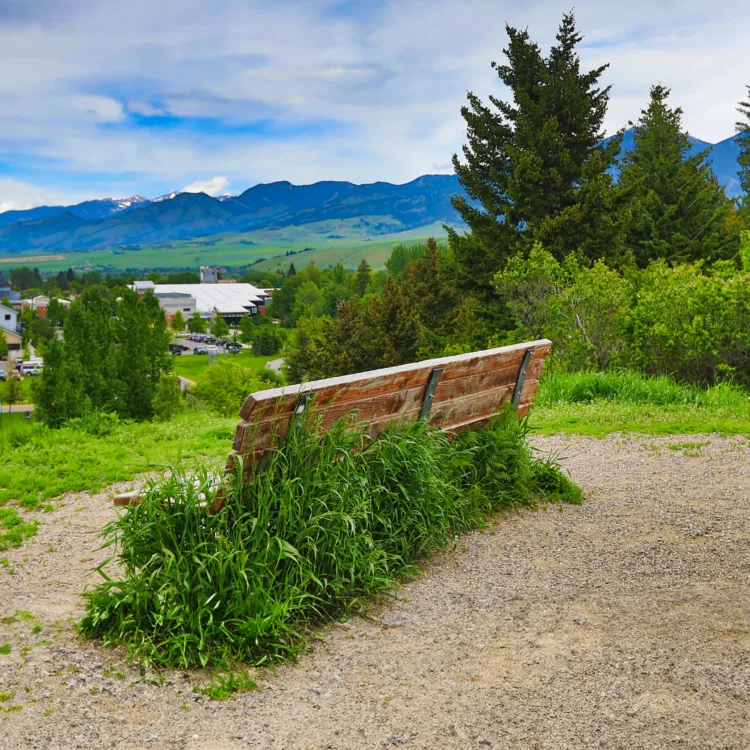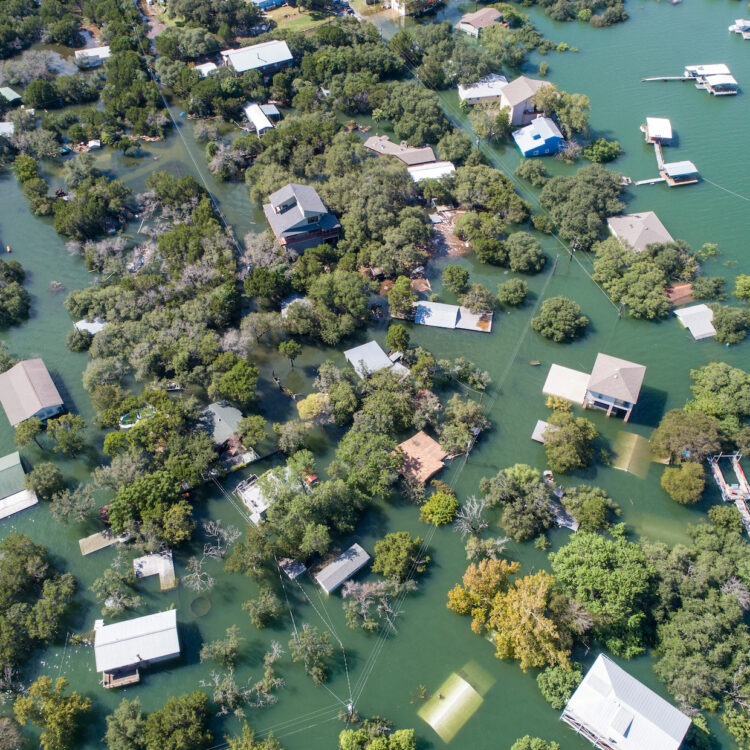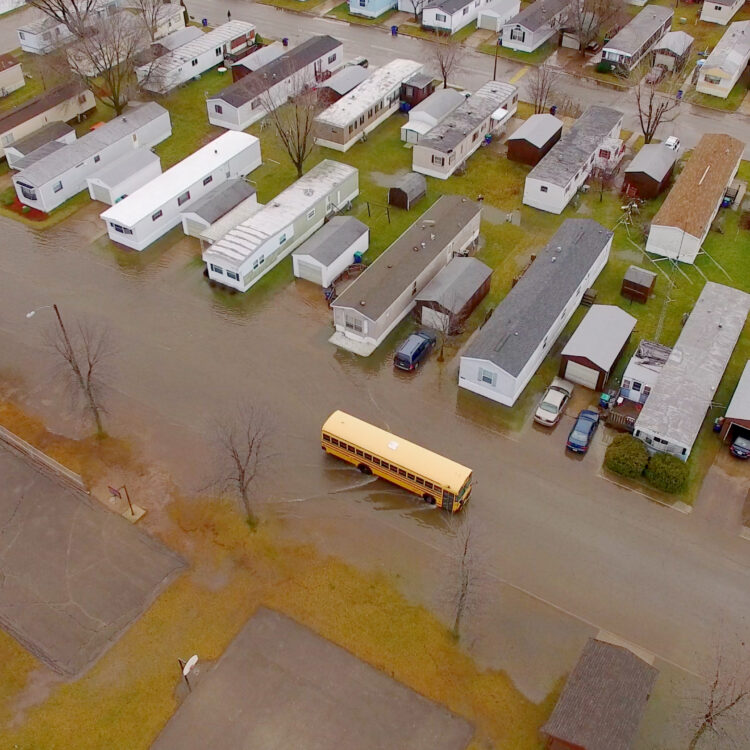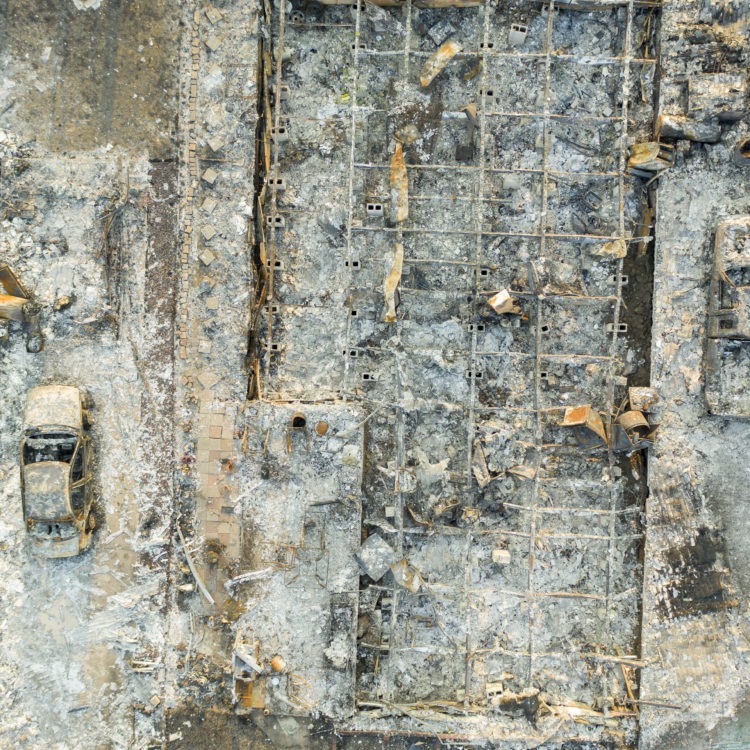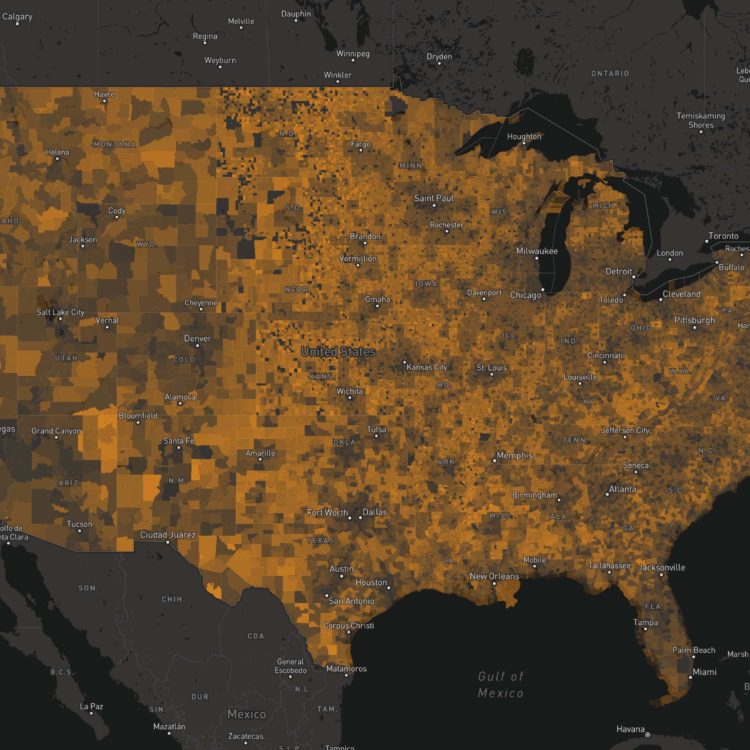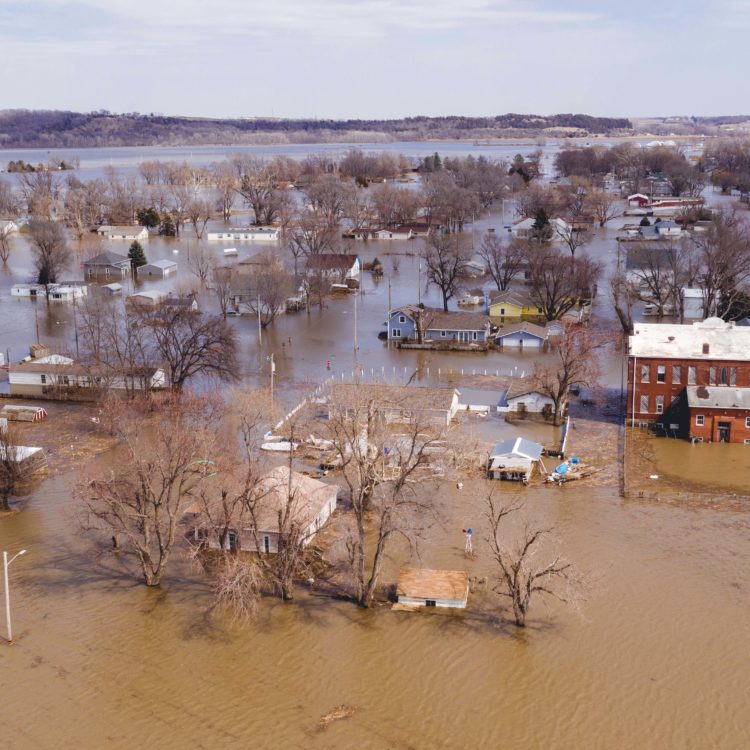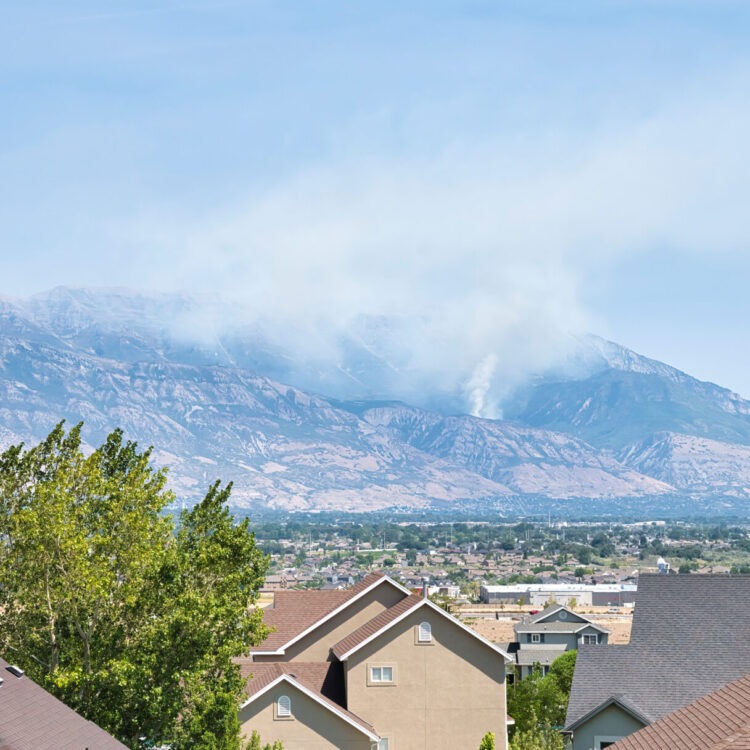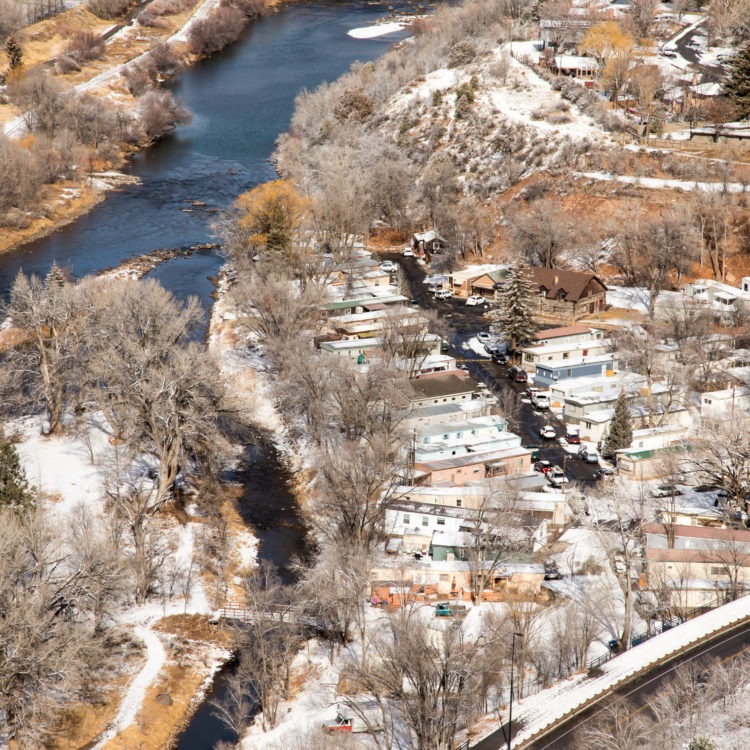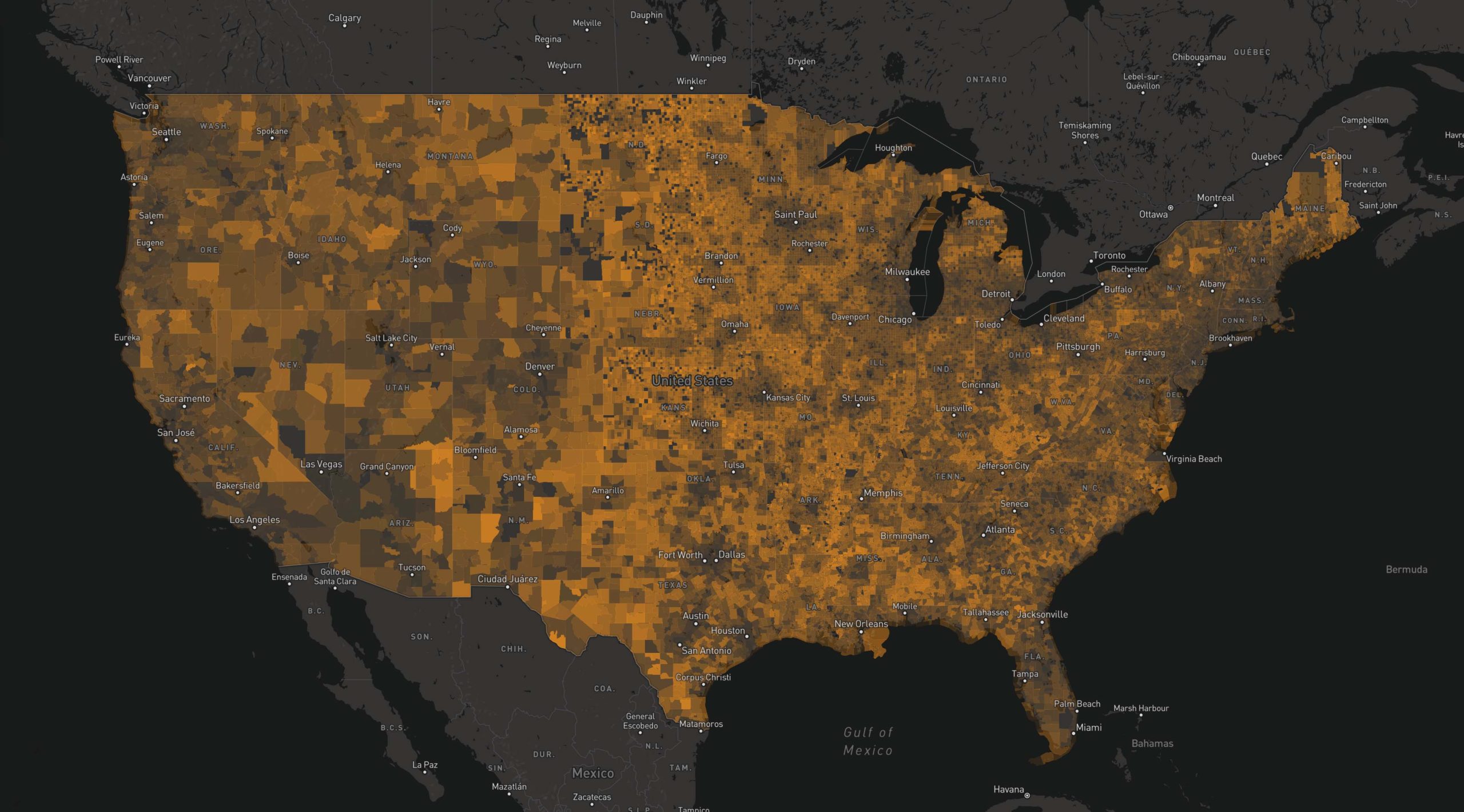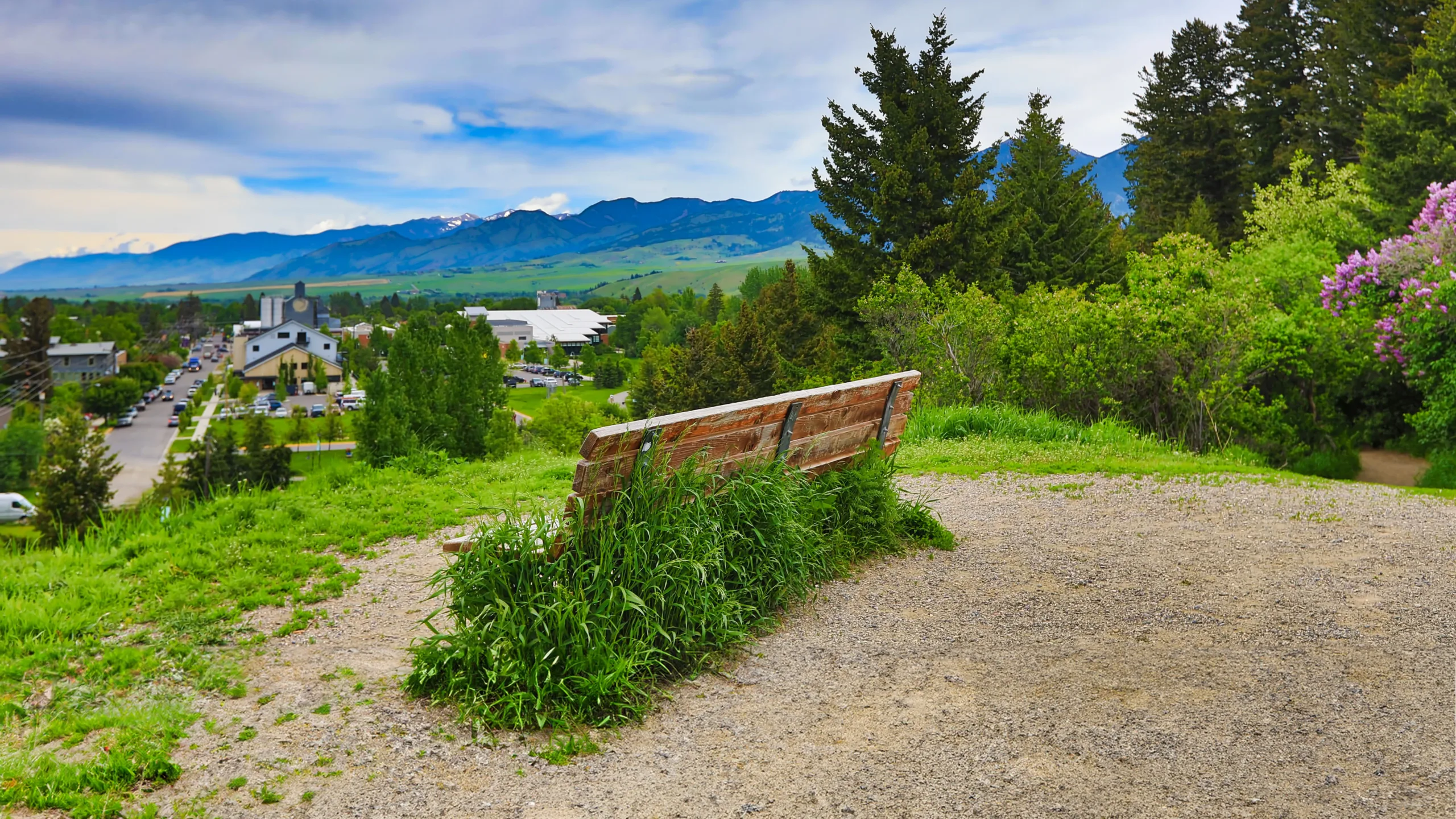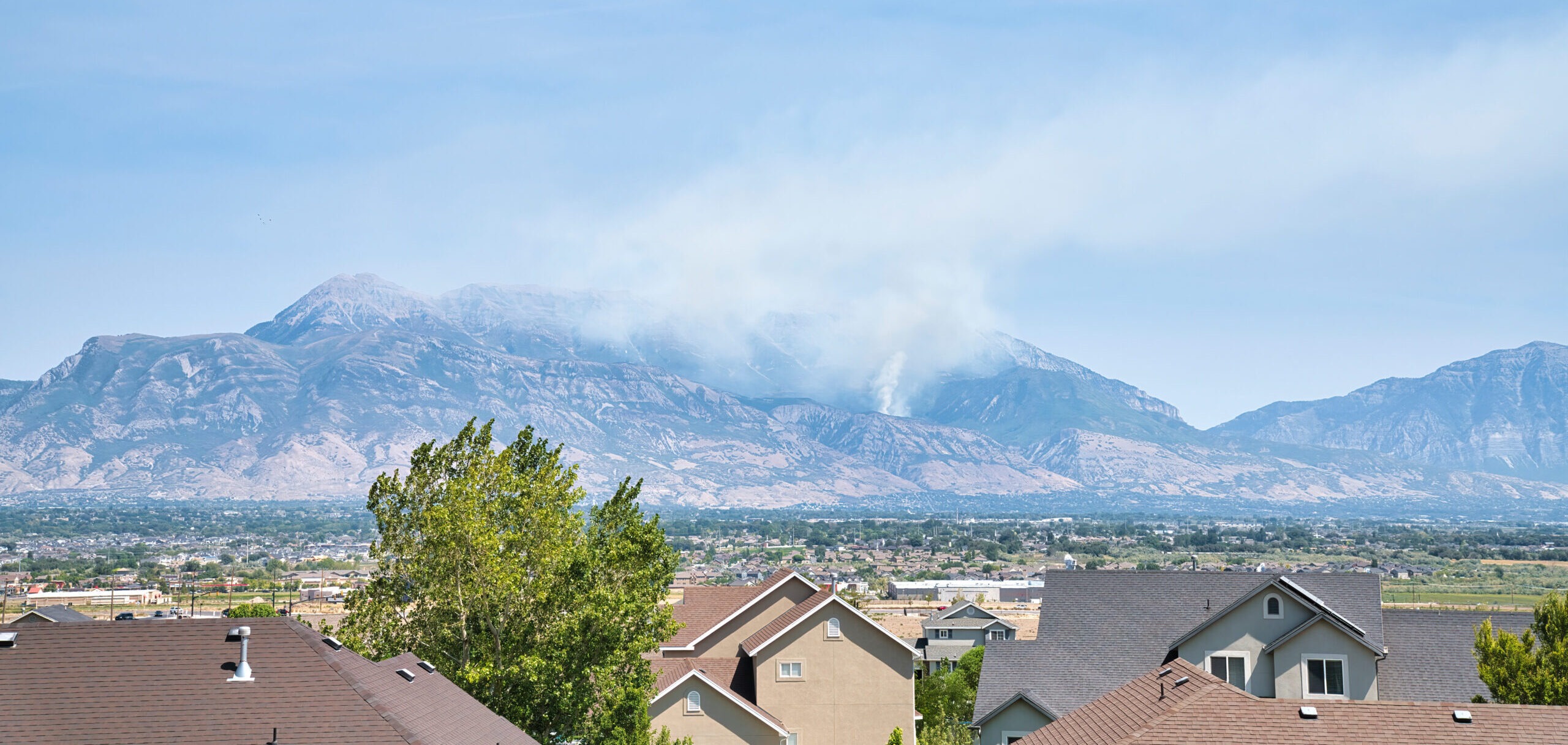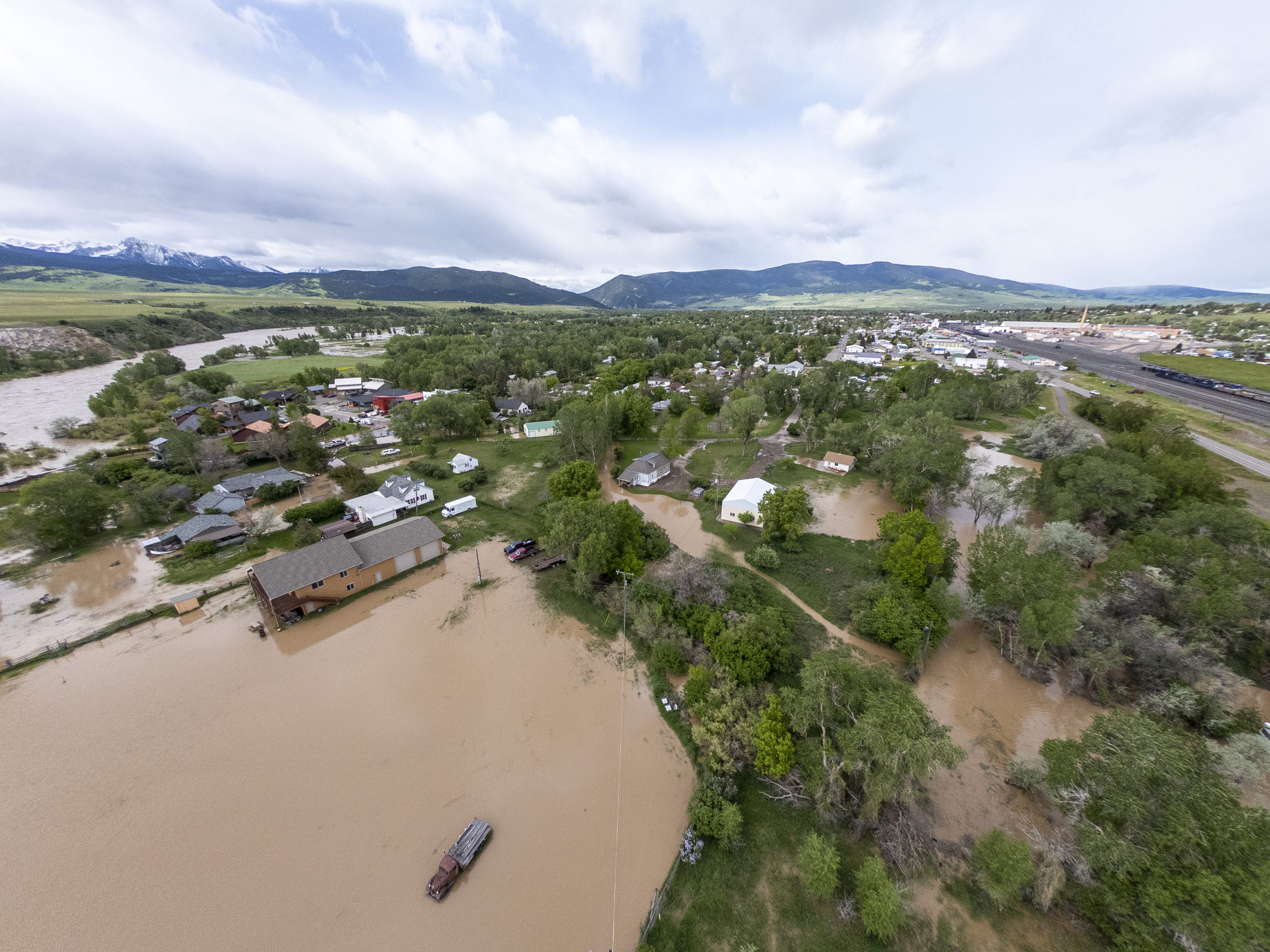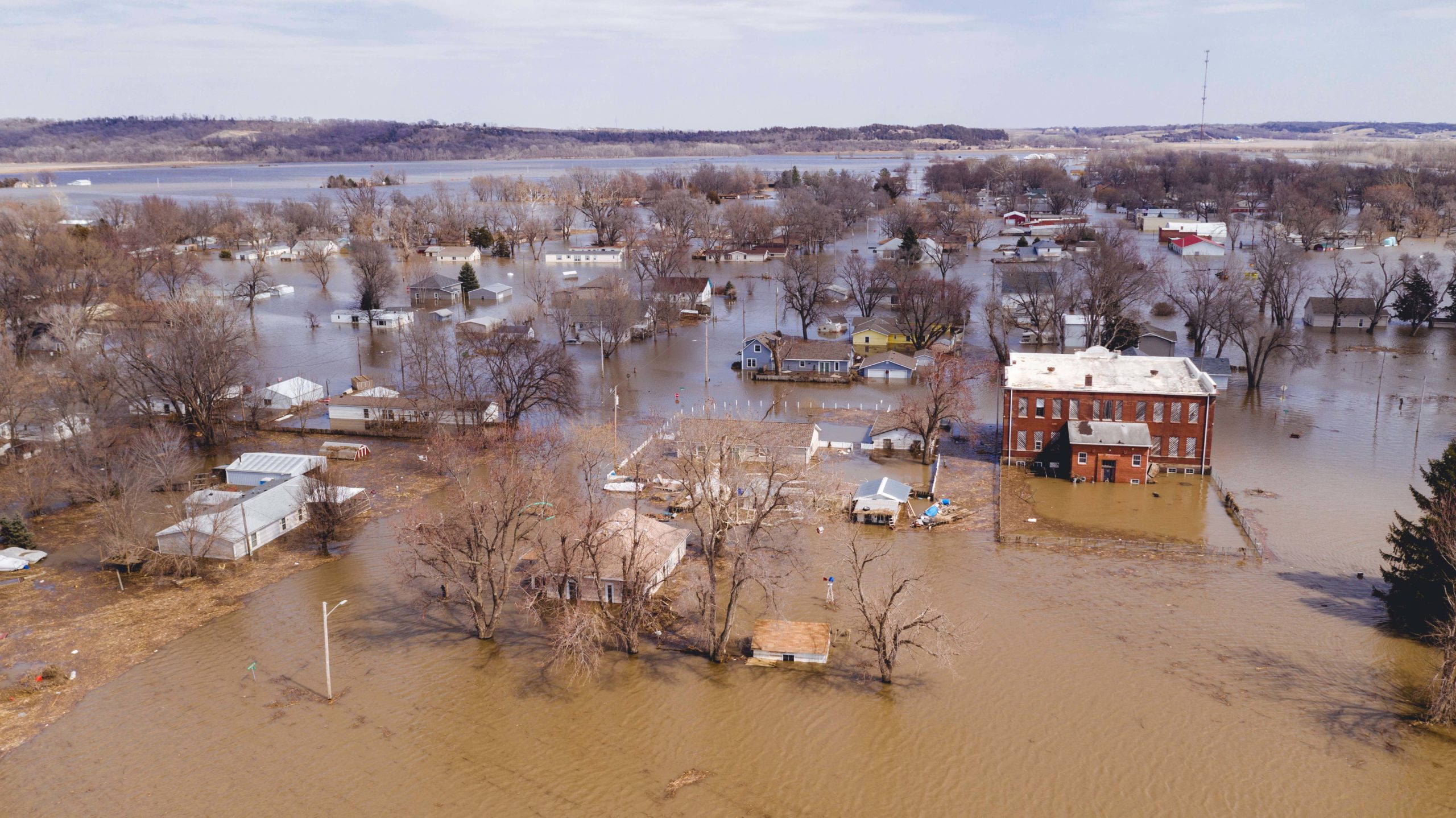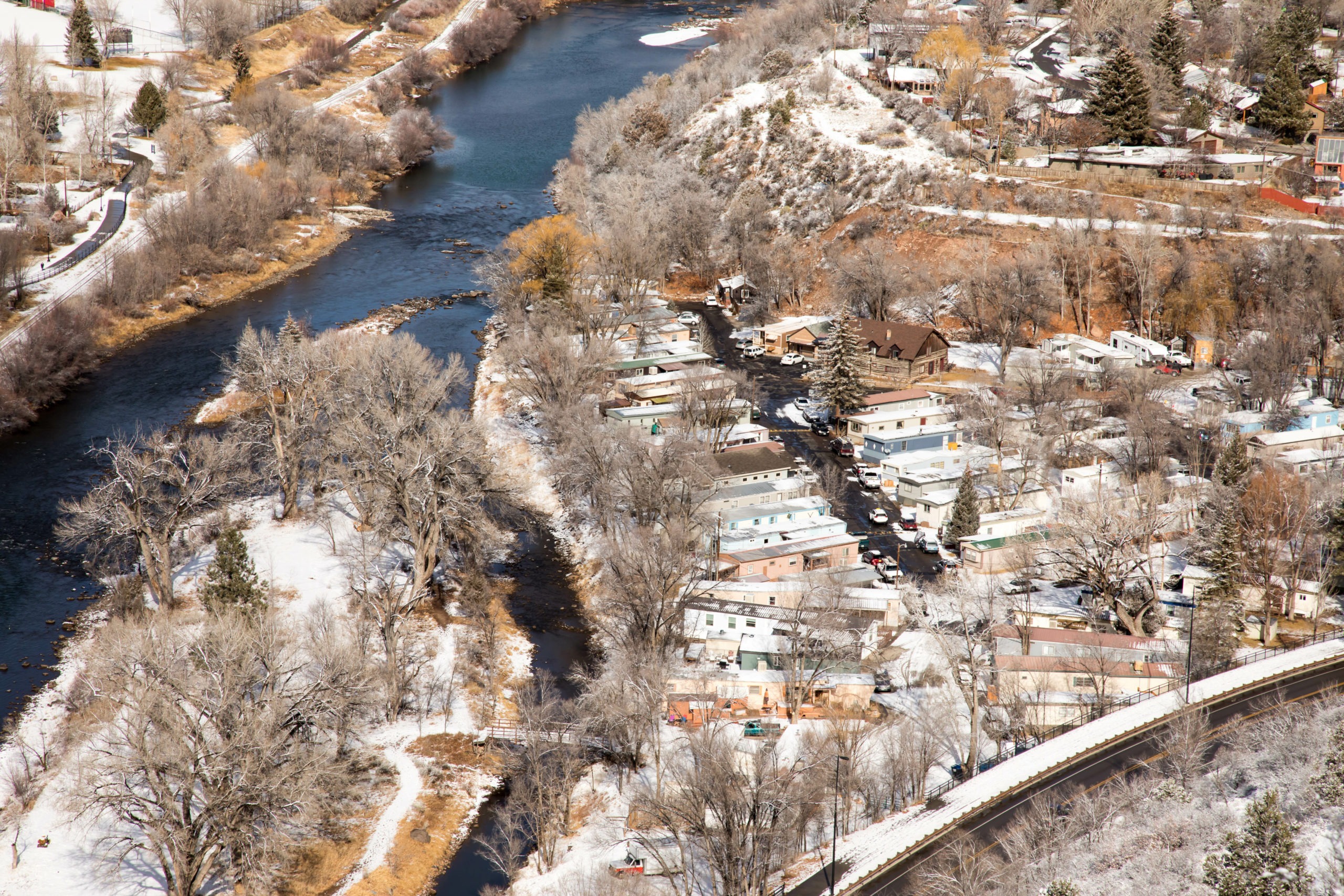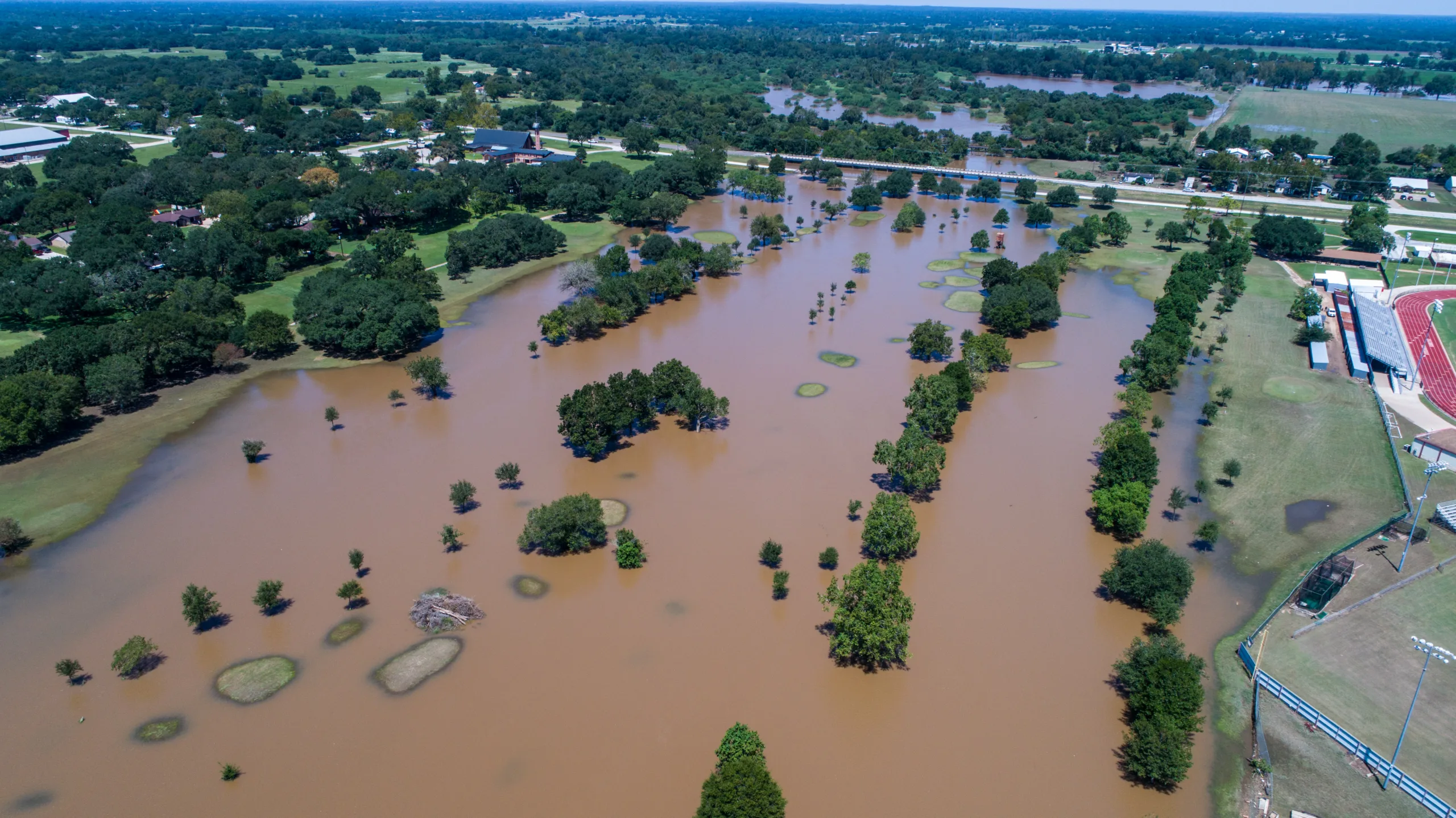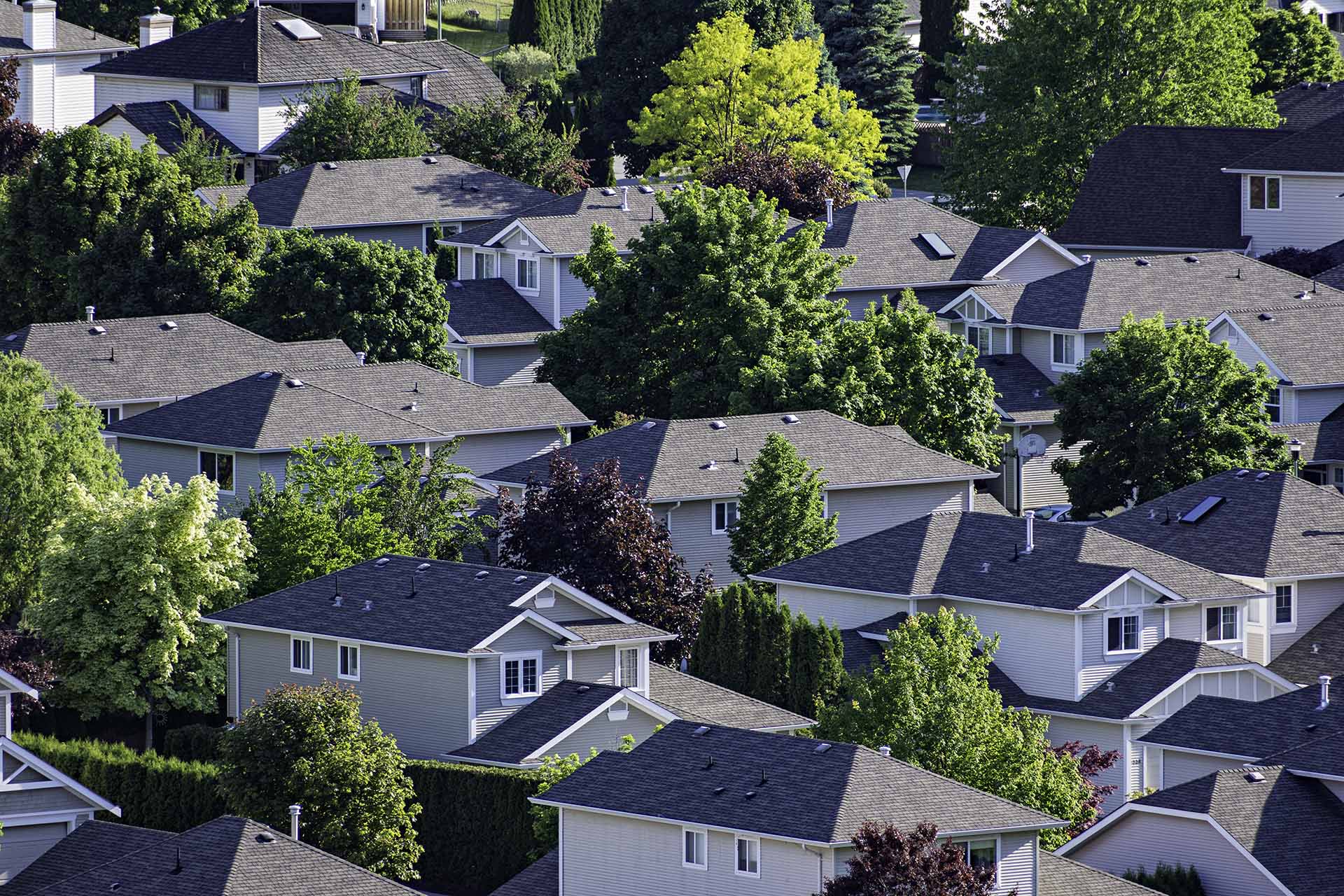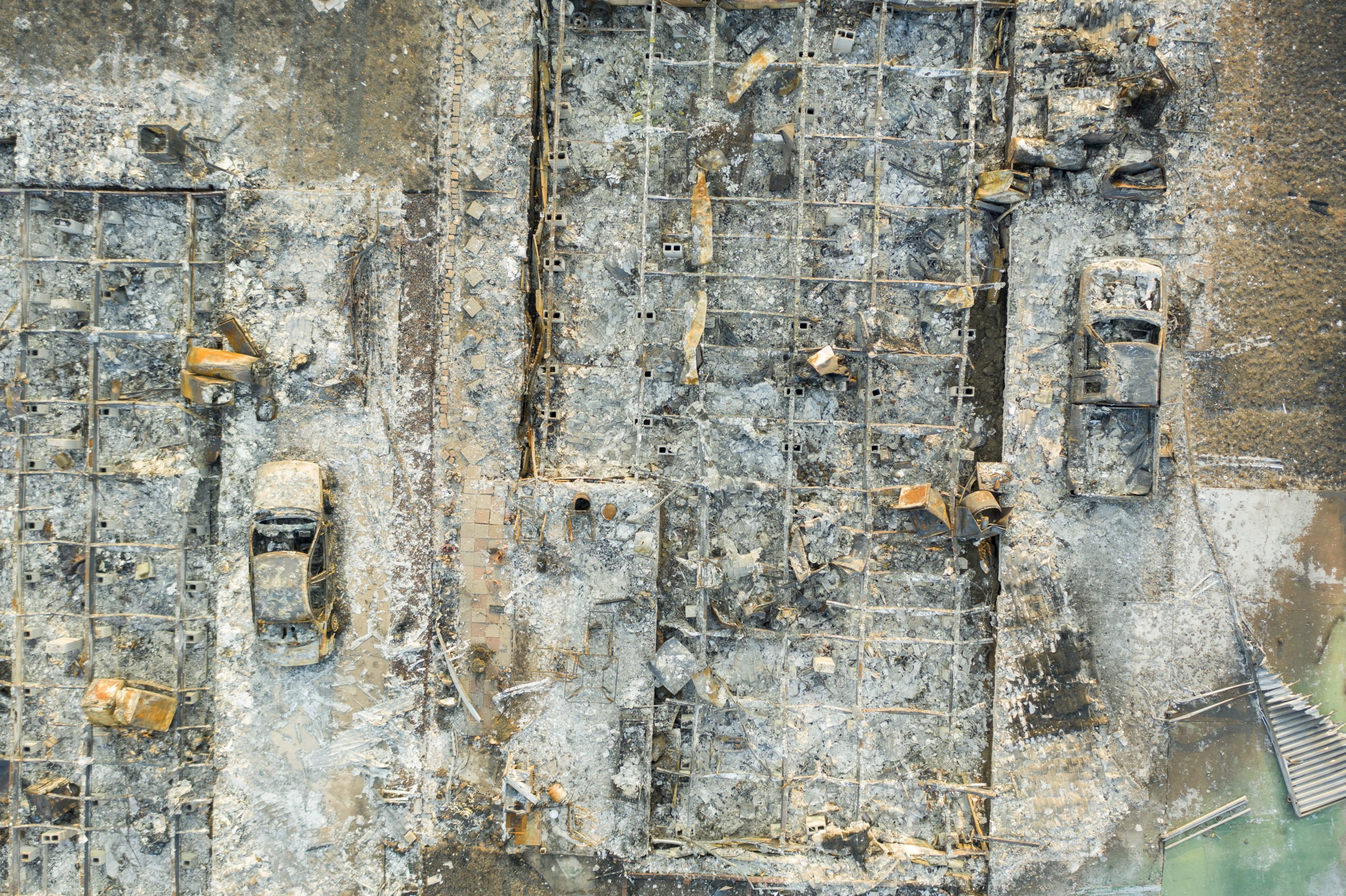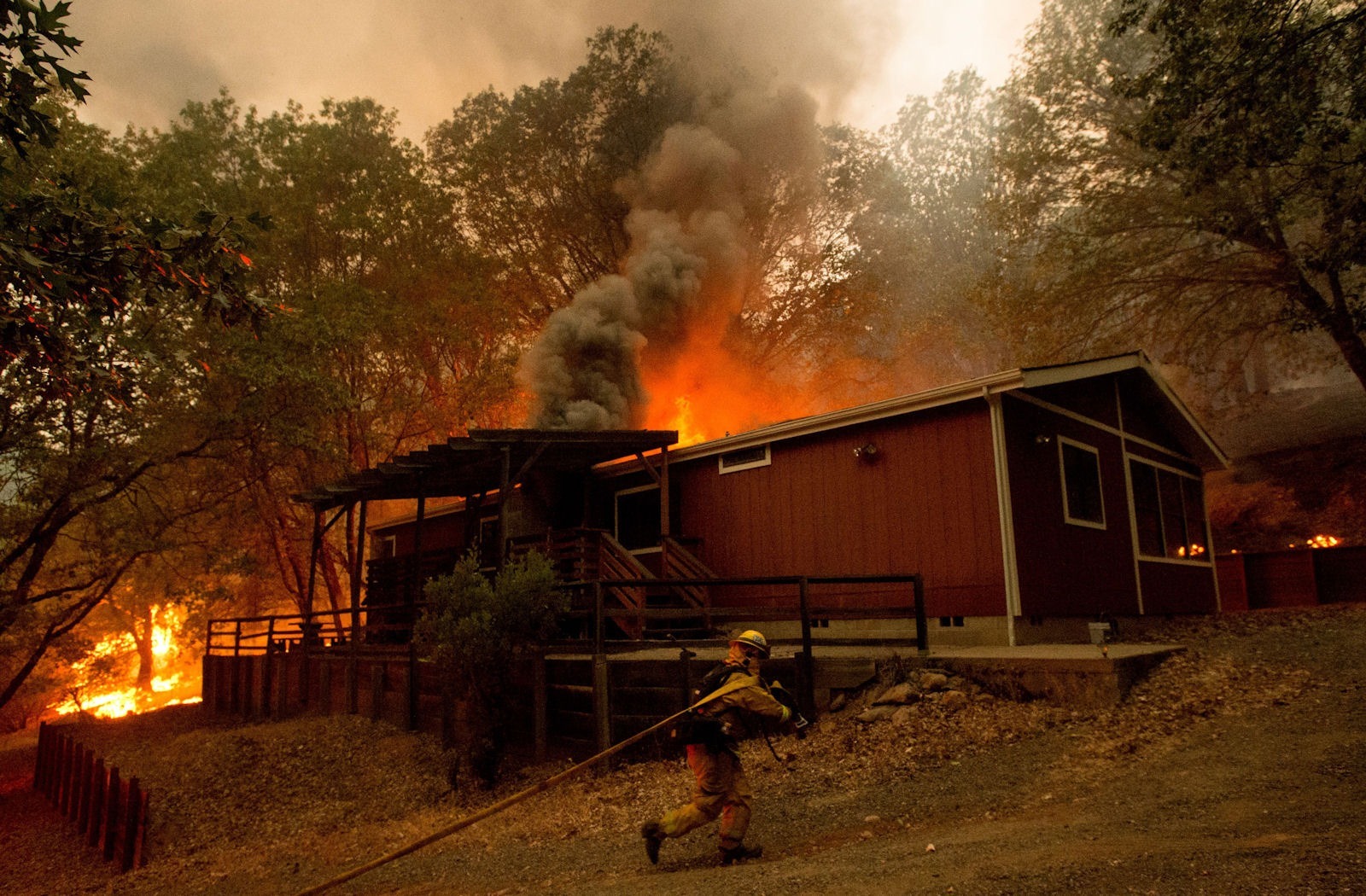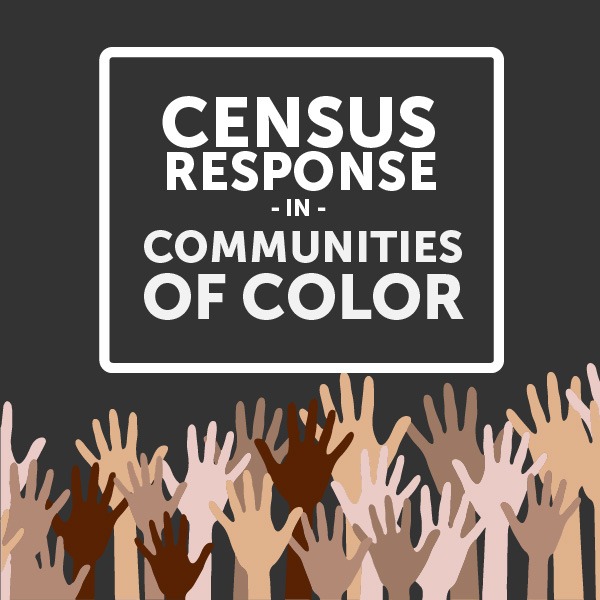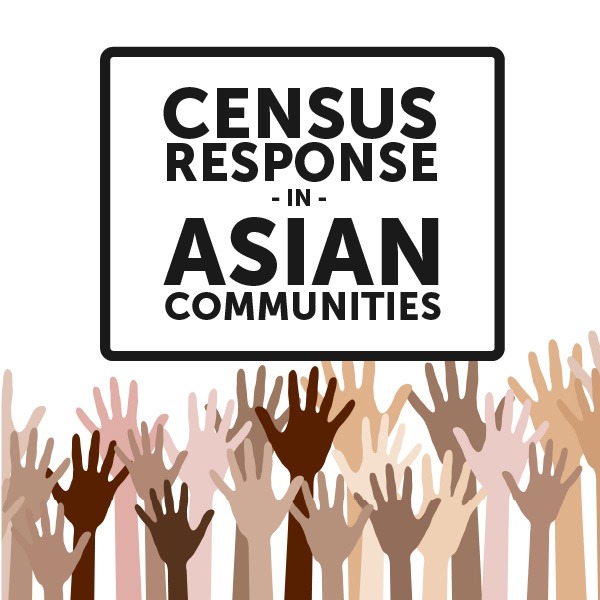
Equity
People and communities are more likely to prosper when there is freedom from race, class, gender, or geographic discrimination. Our research provides data and tools to help communities direct resources to the people and places that can benefit the most.
Conservation leaders have a role in building equitable communities
How we manage population centers is intertwined with our conservation of wild areas. The more we create equitable population centers in places people want to live, the more we can create durable, landscape-scale conservation outcomes outside of towns.
Latinos face higher flood risks than other groups
Headwaters Economics and the Hispanic Access Foundation have released a report that shows that 44% of Latinos live in counties with high flood risk, as opposed to 35% of non-Latinos.
The American Community Survey in our data tools
Find the latest American Community Survey data in all of our tools, including the Economic Profile System and Neighborhoods at Risk.
The unequal impacts of flooding
Headwaters Economics has conducted an analysis of flood and socioeconomic data to illustrate where flood risks disproportionality affect vulnerable populations.
The unequal impacts of wildfire
See where wildfire risk intersects social and economic factors that can make it difficult for people to prepare for, respond to, and recover from wildfire.
A rural capacity map
A new map helps identify communities where investments in staffing and expertise are needed to support infrastructure and climate resilience projects.
Capacity-limited states still struggle to access FEMA BRIC grants
Places with lower capacity are failing to get funding through FEMA’s flagship grant program, Building Resilient Infrastructure and Communities (BRIC).
Analysis of the first round of Community Wildfire Defense Grants
An independent analysis by Headwaters Economics shows that the first round of funding from the Community Wildfire Defense Grant program prioritized high-risk, low-income communities.
Mobile home residents face higher flood risk
Mobile homes are the most common unsubsidized, affordable housing in the United States but have disproportionately higher flood risk than other housing types.
Recent Equity Posts
-
A rural capacity map
A new map helps identify communities where investments in staffing and expertise are needed to support infrastructure and climate resilience projects. Read more
-
The American Community Survey in our data tools
Find the latest American Community Survey data in all of our tools, including the Economic Profile System and Neighborhoods at Risk. Read more
-
Conservation leaders have a role in building equitable communities
How we manage population centers is intertwined with our conservation of wild areas. The more we create equitable population centers in places people want to live, the more we can create durable, landscape-scale conservation outcomes outside of towns. Read more
-
Latinos face higher flood risks than other groups
Headwaters Economics and the Hispanic Access Foundation have released a report that shows that 44% of Latinos live in counties with high flood risk, as opposed to 35% of non-Latinos. Read more
-
Los latinos enfrentan mayores riesgos de inundaciones que otros grupos
Headwaters Economics y Hispanic Access Foundation han publicado un reporte que muestra que el 44% de los latinos viven en condados con un alto riesgo de inundaciones, en contraste con el 35% de los no latinos. Read more
-
The unequal impacts of flooding
Headwaters Economics has conducted an analysis of flood and socioeconomic data to illustrate where flood risks disproportionality affect vulnerable populations. Read more
-
Analysis of the first round of Community Wildfire Defense Grants
An independent analysis by Headwaters Economics shows that the first round of funding from the Community Wildfire Defense Grant program prioritized high-risk, low-income communities. Read more
-
Match requirements prevent rural and low-capacity communities from accessing climate resilience funding
Many federal grant programs require communities to provide a local match, creating barriers for rural and underserved places. Read more
-
A decline in accuracy of equity-related measures in the 2020 American Community Survey
Due to new methods and pandemic disruption, the 2020 American Community Survey shows some decrease in accuracy for equity-related measures. Read more
-
Yellowstone Flood reveals Montana’s mobile home flood risk
Montana’s mobile home residents face disproportionate flood risk and traditional solutions leave them behind. Read more
-
Capacity-limited states still struggle to access FEMA BRIC grants
Places with lower capacity are failing to get funding through FEMA’s flagship grant program, Building Resilient Infrastructure and Communities (BRIC). Read more
-
Mobile home residents face higher flood risk
Mobile homes are the most common unsubsidized, affordable housing in the United States but have disproportionately higher flood risk than other housing types. Read more
-
Improving benefit-cost analyses for rural areas
Benefit-cost analysis, required for many federal funding sources, puts smaller, rural, and low-income communities at a disadvantage. Read more
-
Housing costs broke records across the U.S.
Unaffordable housing came to a head during the pandemic as communities across the country saw unprecedented rises in housing costs. Read more
-
Unaffordability for renters made worse during the pandemic
The unprecedented rise in housing prices since 2020 has affected renters more than homeowners—especially in places that were already unaffordable. Read more
-
The unequal impacts of wildfire
See where wildfire risk intersects social and economic factors that can make it difficult for people to prepare for, respond to, and recover from wildfire. Read more
-
Mountain, Midwest, and Gulf States fail to secure FEMA resilience funding
Rural and lower capacity communities failed to successfully compete for FEMA Building Resilient Infrastructure and Communities (BRIC) funding in FY 2020. Read more
-
Wildfire Risk Report for every U.S. community
A new report in our Economic Profile System provides community-level data about wildfire hazard and potentially vulnerable populations. Read more
-
Census response rates in communities of color
People of color are at a high risk of being undercounted in the 2020 Census, jeopardizing federal funding, social services, and government representation. Read more
-
Census response rates in Asian Communities
Asian communities are at a high risk of being undercounted in the 2020 Census, jeopardizing federal funding, social services, and government representation. Read more
